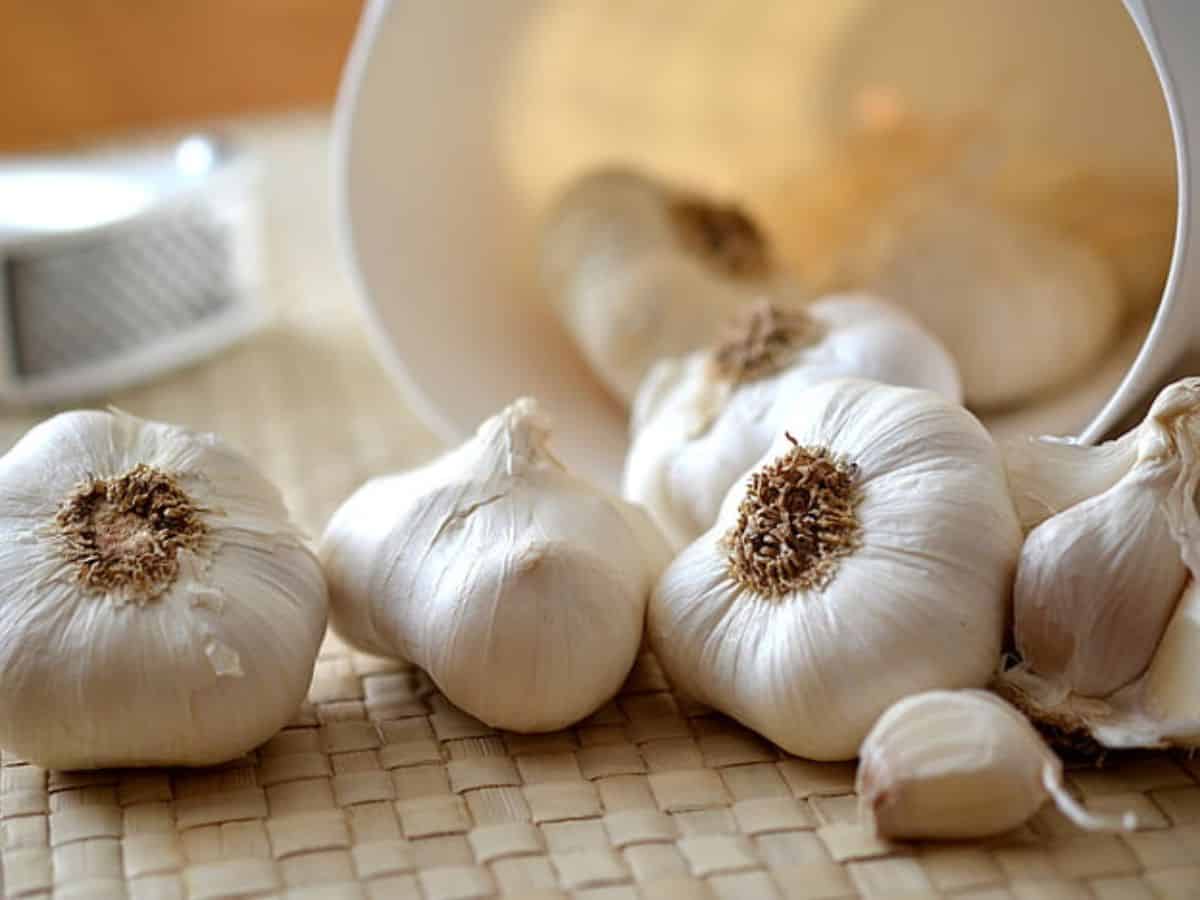
Bengaluru: Consumers across Karnataka are reeling under the escalating prices of garlic, with both planted (country) and hybrid varieties reaching unprecedented highs.
In the retail market, planted garlic now costs a staggering Rs 400 per kilogram, while hybrid varieties have crossed the Rs 300 mark. This sudden surge has left many households struggling to afford this essential kitchen staple.
Further hikes likely
The Yeshwantpur Agricultural Produce Market in Bangalore, which receives thousands of bags of garlic daily from Madhya Pradesh and Gujarat, serves as the primary supply source for the city and surrounding districts. However, this year’s reduced rainfall in key production areas has significantly impacted garlic yields, leading to a shortage in supply and a dramatic price increase. APMC officials warn that further price hikes are likely in the retail market.
Consumers feel the pinch of this surge acutely. “A month ago, garlic was around Rs 200 per kg. Last year, we could buy three to four kilograms for just Rs 100. It’s impossible to find planted garlic at this price anymore,‘’ said Siddaramappa a garlic street vendor in Yeshawanthapur.
The situation is similar across the state. Hubli APMC commission agent Asgar Ali told Siasat.com on Tuesday that further price rise is expected till March 2024 due to the current demand and anticipated delay in the arrival of the new crop.
Brokers creating artificial scarcity: Traders
Vegetable traders allege that brokers are exacerbating the situation by artificially creating a scarcity of garlic through stockpiling. In contrast, farmers paint a different picture. They claim to have suffered losses due to the initial drop in prices after harvest, forcing them to sell at significantly lower rates.
While some farmers planted garlic for seed purposes, the main harvest will only reach the market after January. This delay is contributing to the current price surge.
In coastal city Mangaluru, the price of garlic has witnessed a staggering Rs 100 rise in the wholesale market over the past three months, with retail prices averaging around Rs 300 and reaching up to Rs 330 for high-quality varieties.
The situation is unprecedented, as prices typically drop significantly in late December and early January with the arrival of the new crop. Traders attribute this year’s unusual trend to the combined effects of weather and increased demand.
‘Market forces are to blame’
One retail trader, Vinayak, believes the price hike is primarily driven by market forces rather than artificial scarcity. He argues that storing garlic can lead to spoilage, making it unlikely for brokers to intentionally create shortages.
While the reasons for the price increase remain a subject of debate, one thing is certain: consumers across Karnataka are bearing the brunt of the soaring garlic prices. This situation underscores the need for a thorough investigation into market practices and potential interventions to ensure affordable access to essential food items for all.
